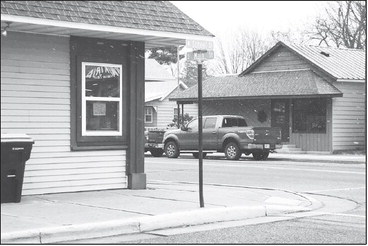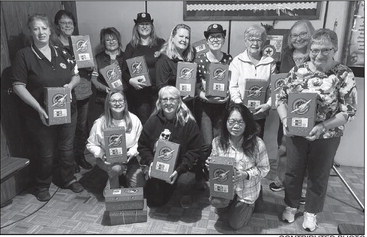FISCAL FACTS:
By Wisconsin Policy Forum A record number of school district referenda went before voters across Wisconsin in 2024, who responded by approving them in record numbers. These ballot questions essentially ask voters to raise their own property taxes to fund the district’s operations, either on a temporary or permanent basis, or to repay debt issued for capital projects such as building construction or renovation.
The statewide total this year was 241 school referenda held, with 138 happening in the fall elections (the August primary and November general) and 103 in the spring (the February primary and April general). This represented the most school referenda ever in a single year, narrowly surpassing the previous record of 240 in 1998.
Unofficial election results indicate that voters approved 169 of these ballot questions in 2024, which was also a record, topping the previous high of 140 in 2018. In 2024, the approved referenda authorized a total of $4.4 billion in new funds for school districts, $3.3 billion of which will come from debt. This was by far the most ever in a calendar year.
These results translated to a school referendum passage rate for all of 2024 of 70.1%. While voters approved the large majority of referenda, it marks a 10 percentage-point decline from 2022 and was the lowest passage rate in a midterm or presidential election year since 2014. This decrease continues a recent trend of declining passage rates since 2018.
In addition to school referenda, voters also decided at least 14 municipality referenda to exceed levy limits in the Nov. 5 election. (These totals may not be complete but reflect all those included in data from the Wisconsin Elections Commission.) Of these 14, voters approved seven, authorizing those cities, villages and towns to increase their property tax levy for operations above state-imposed limits to fund specified services, such as public safety, local roads, parks or general services. In the fall and spring elections combined, voters approved 17 out of 31 municipal and county referenda total statewide. This year saw the second-most municipal and county referenda approved to increase property taxes of any year on record, behind only 2022, when 29 passed.
Many factors influence the increasing number of Wisconsin school districts turning to voters for more revenue. The rate of inflation has exceeded increases in state per pupil revenue limits, which restrict the total amount of money that districts can receive from property taxes and state aid. This imbalance was exacerbated during the period of high inflation in 2021 and 2022. Inflation and a tight labor market has fueled mounting competition for teaching talent in many parts of the state, increasing pressure on districts to raise wages. The loss of federal pandemic relief aid this year is another pressure on the budgets of many districts.
One potential result of the current system may be a growing imbalance between districts based on voters’ willingness and financial capacity to approve local school district referenda. Consequences could include difficulty attracting and retaining staff and students in districts where voters have not passed a referendum.
All local governments face an array of fiscal pressures, and navigating them will be a key task for local leaders going forward. State policymakers, meanwhile, must consider whether the current approach to funding schools and other local governments is achieving its desired ends, or whether it needs reform in the upcoming state budget.
This information is a service of the Wisconsin Policy Forum, the state’s leading resource for nonpartisan state and local government research and civic education. Learn more at wispolicyforum.org.



